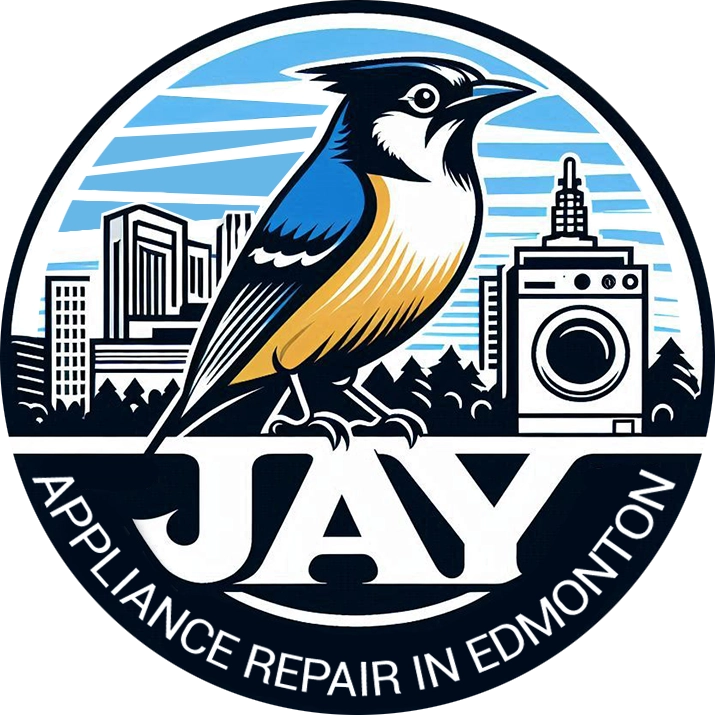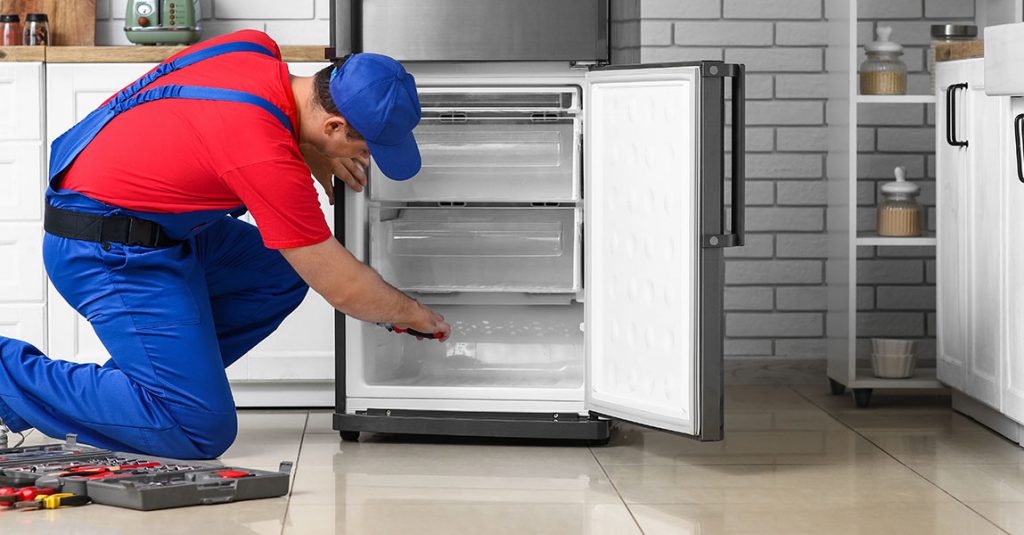Why Water Collects Under Crisper Drawers
Sometimes we notice water pooling beneath the crisper drawers in a fridge, and it can feel frustrating to clean up again and again. This issue usually happens when the defrost system inside the unit cannot send melted frost to the pan near the compressor. The water ends up gathering in the lowest part of the compartment instead of draining away. Understanding why this occurs helps us handle it quickly before it causes food spoilage or even hidden mold growth. Small leaks like this often start slowly, then become harder to manage if left unaddressed.
How the Defrost Drain Works
Every modern refrigerator has a defrost cycle that melts frost off the evaporator coils. The meltwater flows into a drain hole, then travels through a small tube down to a pan where it evaporates naturally. When that drain becomes clogged or frozen, the water has nowhere to go. Our team has seen food crumbs, ice buildup, or even algae in that tube. Over time the blockage forces the water to back up, which explains why we see it under the drawers. Knowing how the system should work is key before we attempt any fix.
Signs the Drain May Be Blocked
One clear sign of a drain problem is water under the drawers, but other clues help confirm it. Sometimes we hear gurgling sounds from the back wall during cooling cycles. At other times a faint musty smell comes from the compartment when trapped water mixes with leftover food particles. We may also spot frost or ice patches forming near the vent area, which signal that the drain is not moving water as it should. Paying attention to these smaller signs allows us to act sooner and prevent damage to both the fridge and our stored food.
Clearing a Simple Clog
The first step we can try involves removing the drawers and accessing the drain hole at the back. Warm water poured slowly into that hole often clears light blockages. We may need a turkey baster or squeeze bottle to direct the stream. If debris is stuck, a soft pipe cleaner or flexible brush helps. It is important not to force sharp tools inside, since the drain tube can tear easily. Once we clear the passage, we can confirm success if the water flows freely down to the pan near the compressor. This simple effort often fixes the problem quickly.
Dealing With Frozen Drain Tubes
Sometimes the issue is not crumbs or dirt but ice that forms inside the drain. In that case we need to melt the ice safely. One approach is to unplug the fridge and let it defrost fully, though that requires time and space for food storage elsewhere. Another method is to use warm water applied gradually until the passage clears. We must avoid hair dryers or heat guns inside the fridge because direct hot air can damage plastic walls. Patience and gentle warming prove safer and usually resolve frozen drains without harming any part of the appliance.
Preventing Drain Problems in the Future
After clearing the drain, we should think about how to avoid repeat blockages. Covering food properly helps reduce crumbs or residue that might enter the drain hole. Regularly checking for standing water in the bottom area also gives us an early warning. Some people find that flushing the drain with warm water once every few months keeps it clear. Our team has also noticed that refrigerators pushed too close to the wall may not get enough airflow, which slows evaporation in the pan. Small changes in storage and placement reduce the chance of recurring issues.
When a Professional Inspection is Needed
Not all pooling problems come from simple clogs. A defective heater in the defrost system or a cracked drain tube may also cause water under the drawers. In those cases clearing the drain will not solve the problem for long. If water returns within a day or two, we likely need more detailed inspection. That is where scheduling proper fridge repair in Vancouver becomes valuable. Skilled technicians can test the heater, check the tube for damage, and confirm that the defrost cycle runs properly. Acting early helps prevent major repairs later.
A Helpful Maintenance Habit
One extra tip that many people overlook involves the drain pan near the compressor. While the pan usually evaporates water on its own, dust buildup around the coils can slow that process. We can improve efficiency by gently vacuuming the area behind or under the fridge every few months. This not only helps the drain system but also improves cooling performance overall. Paying attention to this hidden part of the unit goes a long way in avoiding water problems. Small maintenance steps like these keep the fridge running more smoothly and extend its working life.
What to Do If Problems Persist
Even after trying the cleaning steps, water may still pool beneath the drawers. At this point continuing to mop it up without solving the root cause becomes stressful. Instead of waiting for it to worsen, we can reach out for help. For full support on diagnosing and repairing refrigerator issues, we can request service for appliance repair in Vancouver. Our team at JAY Appliances understands these systems and can restore normal function. If you are ready to set up a service visit, use this link to contact us and we will provide timely assistance.
FAQs
Why does water pool under crisper drawers so often?
It happens because the defrost drain becomes blocked or frozen, which forces melted frost to gather at the lowest point inside the compartment instead of draining away.
How can I tell if the defrost drain is clogged?
Besides visible water, look for frost near the vents, listen for gurgling sounds, or notice musty smells from trapped water. These signs indicate drainage problems.
Can I clear the drain myself without tools?
Yes, often pouring warm water into the drain hole clears minor clogs. Using a squeeze bottle helps direct the flow. For tougher cases, a soft brush may be needed.
Is it safe to use hot air to melt ice in the drain?
No, avoid direct heat like hair dryers because they can melt plastic walls. Warm water applied slowly and patiently is a safer way to clear frozen drains.
When should I call for professional help?
If water comes back quickly after clearing the drain, or if you suspect a broken heater or tube, calling a technician is the best choice. It ensures the root issue is fixed.

